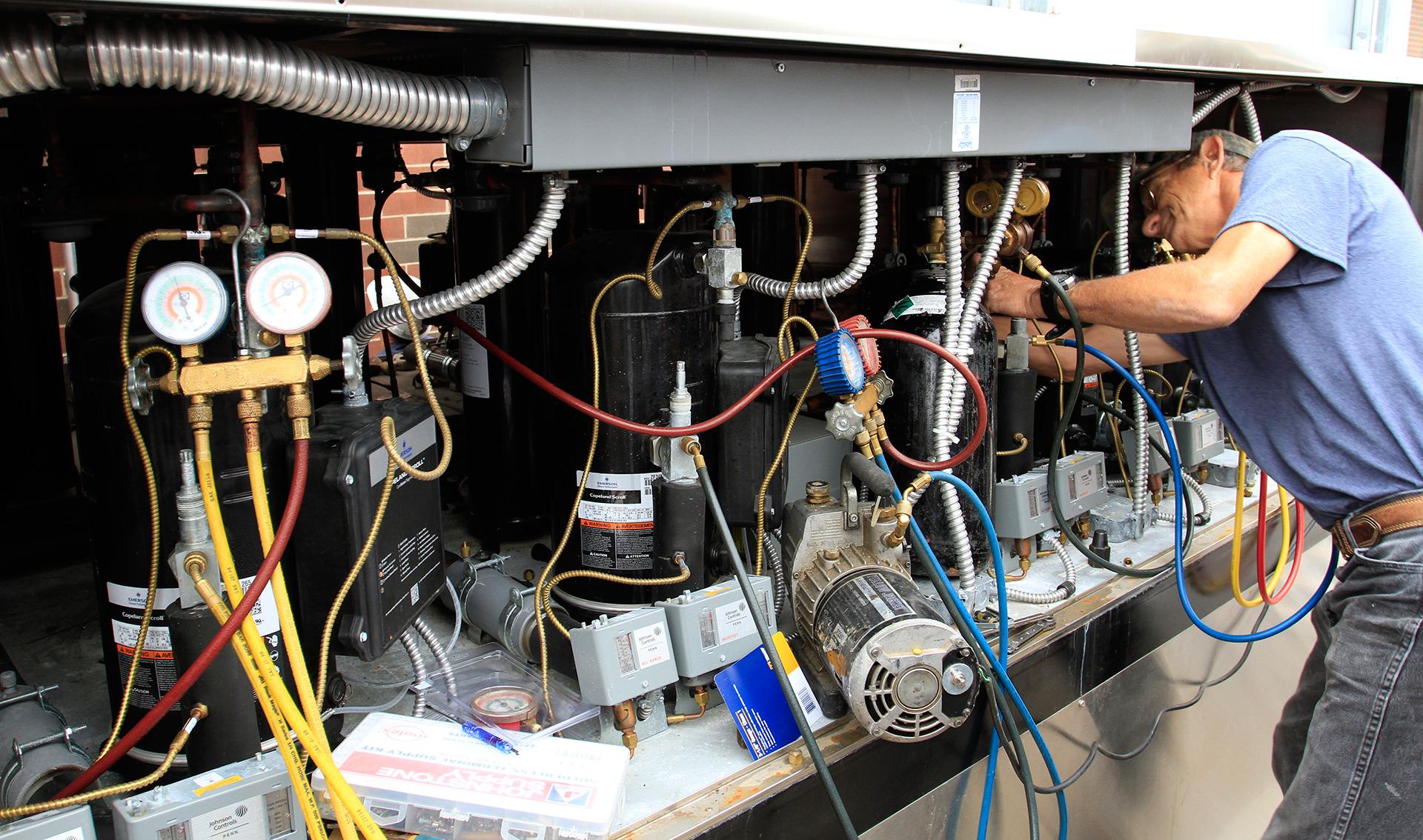Understanding the history, types, and environmental impact of refrigerants is crucial in the context of the ongoing global efforts to address climate change and ozone layer depletion.
Historical Perspective:
The use of refrigerants dates back to the 25 lbs 410a 19th century when the refrigeration industry was in its infancy. Early refrigerants included substances like ammonia, sulfur dioxide, and methyl chloride, which, while effective, posed significant safety risks. The breakthrough came with the invention of chlorofluorocarbons (CFCs) in the early 20th century, offering a safer and more
efficient alternative. CFCs, however, would later become infamous for their role in ozone layer depletion.
Environmental Concerns:
In the latter half of the 20th century, scientists discovered that CFCs released chlorine atoms into the stratosphere, leading to the breakdown of ozone molecules. This depletion allowed more ultraviolet (UV) radiation to reach the Earth's surface, posing serious threats to human health and the environment. The Montreal Protocol, established in 1987, marked a significant turning point by phasing out the production and consumption of ozone-depleting substances, including many CFCs.
While the Montreal Protocol successfully addressed ozone layer concerns, it inadvertently led to the widespread adoption of hydrochlorofluorocarbons (HCFCs) and hydrofluorocarbons (HFCs) as alternatives. These compounds, while not ozone-depleting, are potent greenhouse gases, contributing to global warming. The urgency to mitigate climate change prompted a reevaluation of refrigerants, leading to the search for environmentally friendly options.
Transition to Low-GWP Refrigerants:
The term "Global Warming Potential" (GWP) became a crucial metric in evaluating the environmental impact of refrigerants. GWP quantifies a gas's warming potential over a specific time period compared to carbon dioxide. High-GWP refrigerants, such as HFCs, spurred the development of low-GWP alternatives to minimize their contribution to climate change.
Hydrofluoroolefins (HFOs) emerged as a promising class of refrigerants with significantly lower GWPs than their HFC counterparts. HFOs offer a balance between energy efficiency and environmental impact, making them a preferred choice for various applications. One notable HFO is R-1234yf, widely adopted in automotive air conditioning systems due to its low GWP and compatibility with existing equipment.
Natural refrigerants, including ammonia, carbon dioxide (CO2), and hydrocarbons, gained traction as eco-friendly alternatives. Ammonia, with zero ODP (Ozone Depletion Potential) and a low GWP, is utilized in industrial refrigeration. CO2, a natural component of the atmosphere, has been successfully employed in commercial refrigeration systems, especially in Europe. Hydrocarbons like propane and isobutane are also gaining popularity for their low environmental impact.
Challenges and Trade-offs:
Despite the progress in developing environmentally friendly refrigerants, challenges persist. Some alternatives may be flammable or have specific performance limitations, requiring careful consideration of safety standards and system design. The industry faces a delicate balance between achieving environmental goals and ensuring the practicality and safety of new refrigerants.
Additionally, the transition to new refrigerants involves addressing existing equipment and infrastructure designed for traditional substances. Retrofitting or replacing systems to accommodate new refrigerants poses financial and logistical challenges, particularly in large-scale applications.
Global Regulations and Future Trends:
International efforts, such as the Kigali Amendment to the Montreal Protocol, seek to further reduce the use of high-GWP refrigerants. This amendment targets a phasedown of HFCs, aligning with the broader goal of mitigating climate change. National and regional regulations also play a crucial role in driving the adoption of environmentally friendly refrigerants.
Looking ahead, ongoing research explores advanced refrigerant technologies, such as magnetocaloric and electrocaloric materials, with the potential to revolutionize cooling systems. These innovations aim to provide energy-efficient and environmentally friendly alternatives, addressing both climate and efficiency concerns.
Conclusion:
Refrigerants have undergone a remarkable evolution, shaped by the interplay of technological advancements and environmental considerations.
